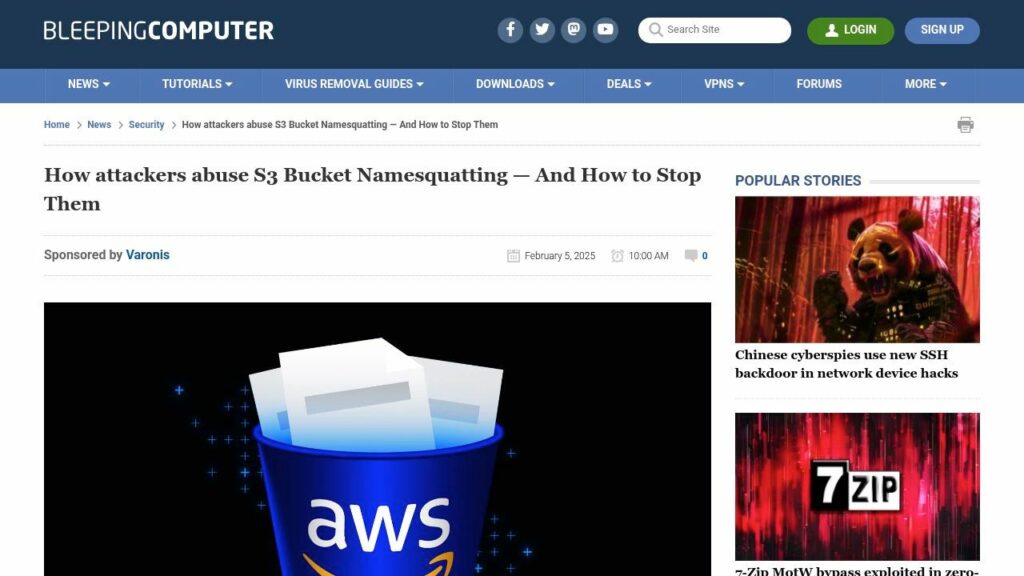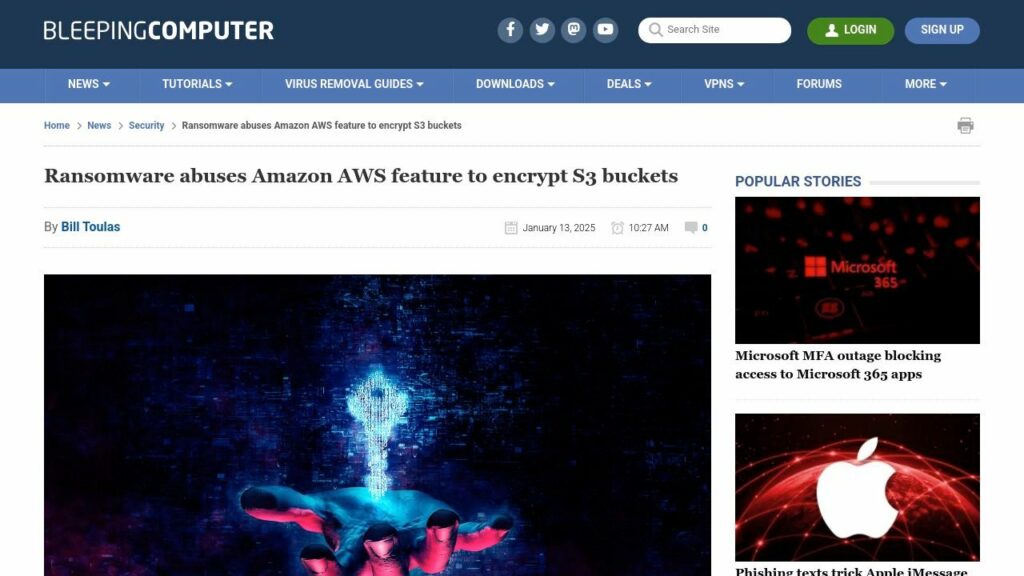How Attackers Abuse S3 Bucket Namesquatting — And How to Stop Them
TLDR: S3 bucket namesquatting exploits predictable naming in AWS S3 buckets, allowing attackers to hijack or manipulate them. Users often rely on default naming conventions, making it easy for bad actors to pre-register bucket names. This leads to security risks, including data breaches and compromised traffic. To prevent this, users should customize bucket names, ensure proper security configurations, and regularly audit for vulnerabilities. Varonis offers solutions for identifying and mitigating risks associated with S3 bucket namesquatting.

